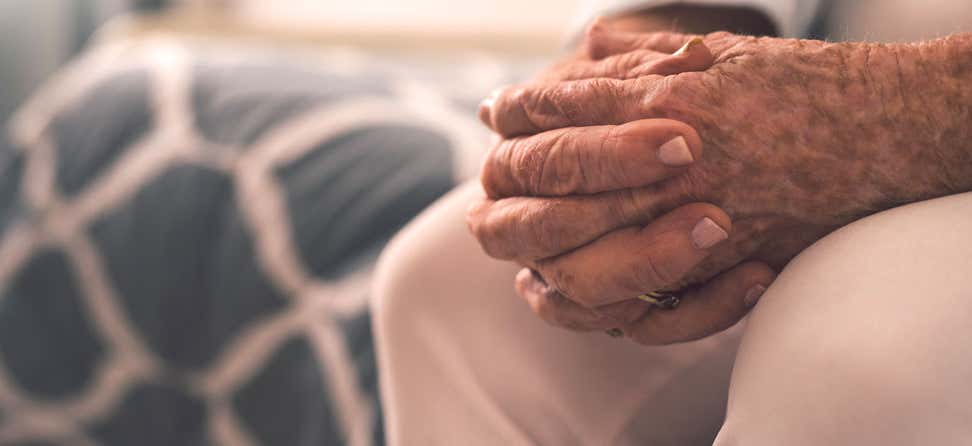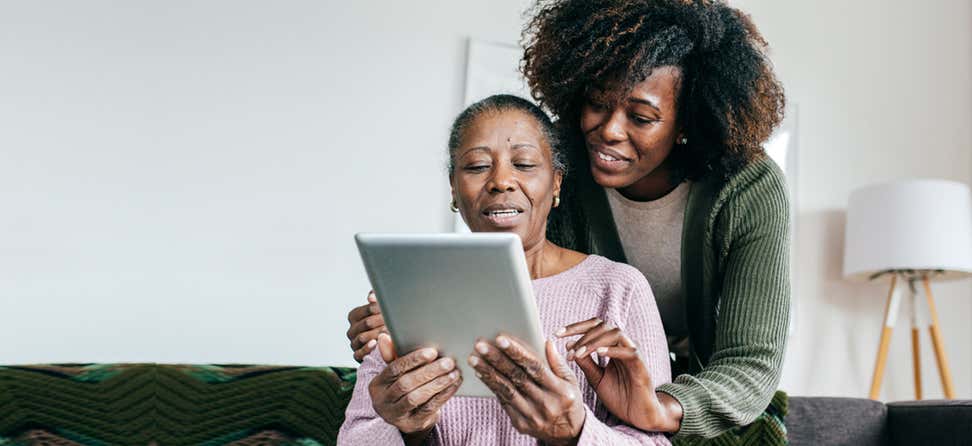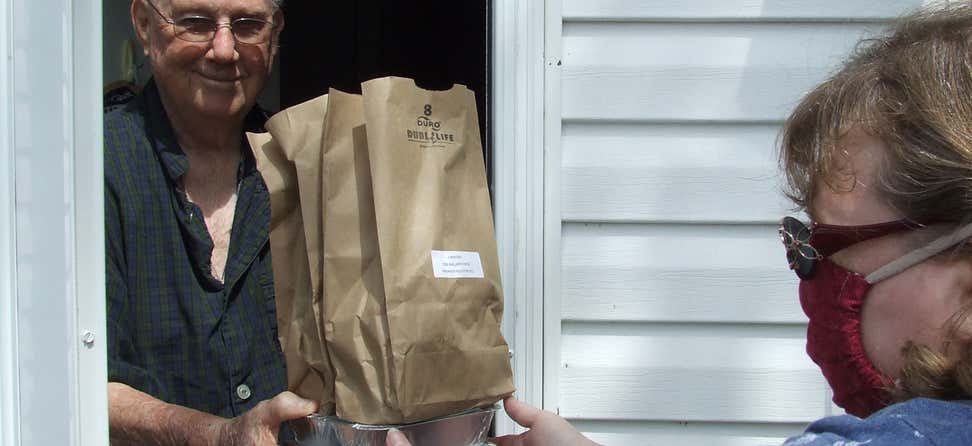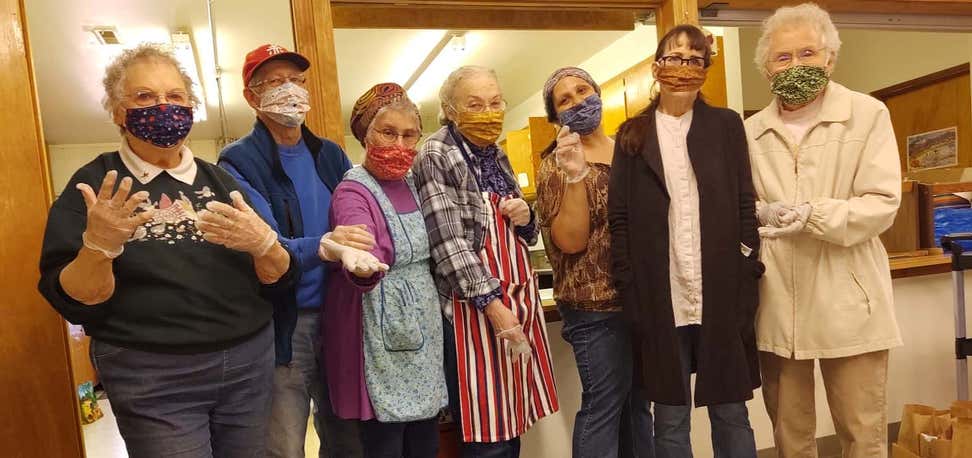Key Takeaways
One in six seniors living alone in the United States faces physical, cultural, and/or geographical barriers that isolate them from their peers and communities.
This isolation can prevent them from receiving benefits and services that can improve their economic security and their ability to live healthy, independent lives.
Fortunately, senior centers are here to help.
We surveyed National Institute for Senior Center (NISC) members, and 44 centers responded in detail about what they’re doing to reach this population and combat the negative effects of isolation on older adults.
Here’s a snapshot of their efforts:
Finding the Isolated
Reaching out to isolated seniors can be a challenge. As one respondent noted:
This is hard because they are often the ones with small social circles, limited mobility, and limited income.
Nevertheless, senior centers are connecting with isolated seniors using a variety of formal and informal mechanisms, including referrals from:
- Local police and fire departments
- Social service and faith-based organizations
- Outreach via community newspapers and flyers
- Senior housing complexes
- Peer and family identification
Respondents also stressed the importance of making a good first impression by welcoming newcomers to the center, providing them a tour and introduction to the facility and activities, and introducing seniors to potential new friends when they arrive.
Services that Make a Difference
Many of the activities traditionally associated with senior centers, such as fitness classes, parties, dances, conversation groups, and congregate meals, are also used to draw isolated seniors into the centers and help them find companionship and support.
Yet, many centers recognize that they can’t serve those who don’t come through their doors in the first place. That’s why many have tailored activities to better reach those who may be homebound or without transportation. These services include:
- Telephone reassurance programs
These efforts—wherein staff/volunteers make regular (sometimes daily) phone calls to homebound seniors—are a commonly cited form of connection with isolated populations. - Intergenerational connections
One senior center in New York City engages high school seniors to visit blind and visually impaired seniors throughout the city. In addition to offering friendly visits, the students help the elderly with shopping, reading mail, and escorting them to appointments. Another center draws on first-year nursing students at the local community college to visit isolated seniors in their area. - Activities for those with physical/cognitive impairments
Seniors with physical/cognitive limitations can be particularly difficult to reach. One center has developed a “Short and Sweet” program that takes seniors with mild to moderate mobility impairments out for a meal and tour of a local attraction twice a month. Another center hosts a “Memory Café” for seniors with dementia and their caregivers to receive socialization and support. - Special meal and companionship programs
One center organizes “Home Tea”—delivering tea and inspirational cards to homebound seniors once a month. Another runs “Simply Soup,” a community gathering in which seniors come together for a meal and entertainment, with vans picking up those who lack transportation. “Elegant Dinner Deliveries” is a program where a local restaurant donates two dinners, and the center contacts a homebound senior and asks them to invite a friend to lunch. A volunteer picks up the meals; sets up the lunch at the person’s home with nice placemats, dishes, and silverware; and even offers a small gift to the diners.
Because lack of transportation is a key barrier for some seniors, a number of senior centers are using community resources to organize group transportation to events, both at their centers and in the community.
Results that Matter
Roughly half of those surveyed said they track their outreach to isolated populations; among centers that do collect data, the two most common forms of measurement were counting the seniors who return for events/activities and providing periodic surveys to assess what services are desirable.
But even among those centers that don’t collect this information, there are informal indicators of success based on the smiles and feedback of those they reach. As one center noted:
We have seen folks come in wearing slippers and sweatpants, sitting off to themselves and doing nothing. After a while, their appearance starts to change and before you know it, they are wearing jeans, button shirts, and real shoes, participating in activities and dominating conversations … Home-delivered meal folks enjoy the volunteer visit daily, and we have heard from numerous families how much it means to them, that short visit once a day.









